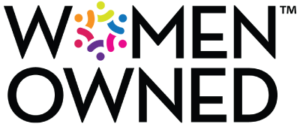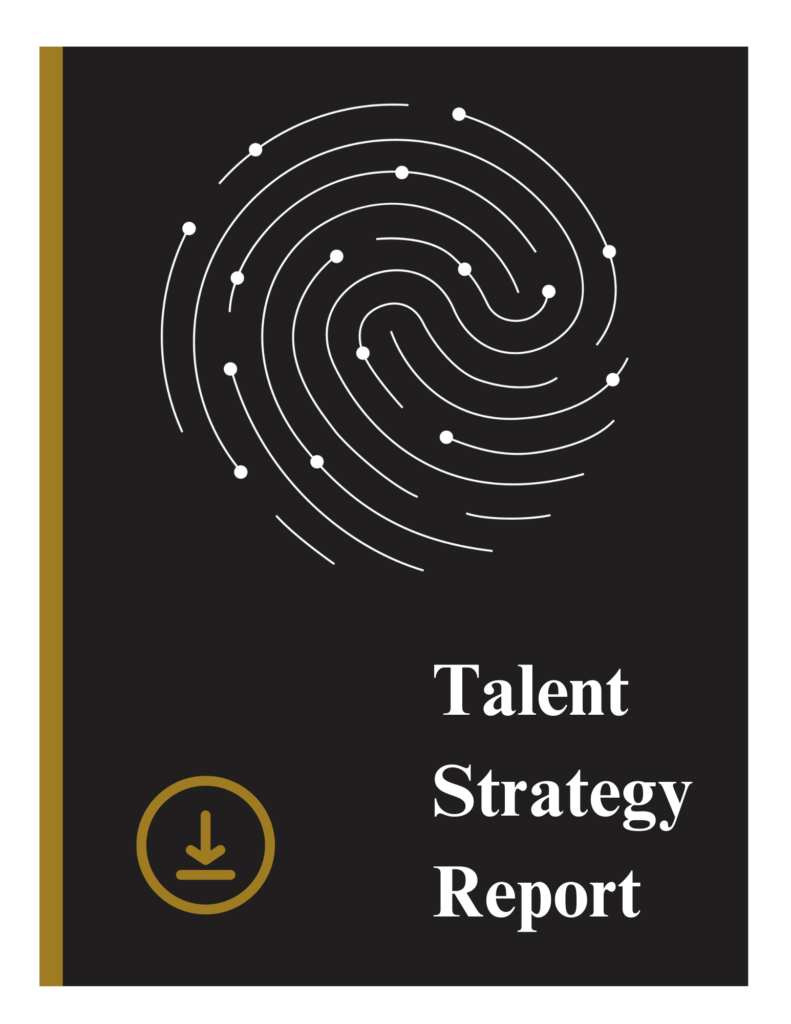Your Checklist for Efficiently & Effectively Onboarding New Talent
by Nicole Degi
Let’s chat about the importance of employee onboarding. Studies have shown that new hire productivity comes faster with an efficient and exciting onboarding process. Employee onboarding is going to be different for every company and position but one thing that remains the same is the significant role it plays in all organizations.
Surprisingly, many new hires decide if they are going to stay with a company within the first six months of starting a new role, so this is the time to put your best foot forward as their new employer.
Employee onboarding should be customized to your culture, team, and industry. When creating the onboarding process, picture yourself as the new hire. How would this experience make you feel? This is a question you should ask yourself when creating an employee onboarding process.
Hare are some of the best practices to follow when onboarding a new employee:
-
Visualize and communicate with the employee before their arrival.
It is important to remember that onboarding starts before the candidate’s first day! Every new hire wants to know what to expect on their first day. Communicating things like where to park, office hours, dress code (if there is one) can all make a new employee’s first-day experience more comfortable. Everyone gets first-day jitters so help ease their mind by clearly communicating with them from the moment they sign the offer to the moment they walk in the door. We also suggest getting the pre-hire paperwork out of the way before day one, this will help focus on the engagement side of onboarding.
-
Be prepared & welcoming.
An employee’s first day and the onboarding process can be fun! This is your time to show off your culture and be engaging with them. Make sure that you have everything ready to go for the new hire when they arrive. This will mean different things for different industries & organizations but a few important things to think about are: Is their office or workspace clean and tidy for them? Do you have computer logins and access codes ready to go, or equipment they may need set aside for them? Being prepared makes them feel welcome and excited for what is to come.
-
Involve the team.
Getting the team involved in the onboarding process will increase employee engagement and team building. Including managers in the process of onboarding will set a valuable rapport for the new hire. It will also make the manager feel more involved in the process which can positively impact the new hires’ journey. A second way to involve the team would be assigning the new hire to a mentor or peer contact. Oftentimes people feel most comfortable asking questions to a teammate rather than their direct report. This will also help them to build relationships with their new coworkers.
-
Share information that will impact the new hire.
Use frequent and clear communication to be transparent with the company expectations. Reinforce the culture and values of the organization, people want to feel that the decision they made to join the organization is validated. A few things we suggest including in the onboarding process are:
- CEO welcome
- Company vision & values
- Team introductions
- Clearly defining company lingo & terminology
- First day/week schedule
-
Provide a training guideline & expectations.
Provide them with a training guide and clearly outline expectations about the position and company. Make them feel comfortable with the guide by asking questions and scheduling daily check-ins with their direct report. It is also important to talk to them about goals, KPI’s and expectations coming up, so they are clear on how to achieve them.
-
Engage with the employee after day one/their first week.
Something I find that is important to remember is that the onboarding process does not end on day one or week one, it needs to be ongoing and continue throughout their first year. A few things to consider through the first year are:
- How are you connecting with the employee months in?
- Are you providing them with the opportunity to give feedback?
- Have you asked them what they are liking/disliking about their current role?
- Have you provided them with continued training/education?
- Have you asked them what you can do as their employer to help them better understand their role?
- Do you have one on ones or quarterly, and annual reviews set up?
-
Celebrate wins and first anniversaries.
As I mentioned before, the best onboarding process takes employees through their first year, which also turns out to be a great time to celebrate. Reflect on accomplishments and wins the new employee has achieved within their first year and make them feel valued and appreciated.
-
Continually optimize your employee.
You and your new hire have made it through the first year, congrats! Does that mean you stop optimizing your team? No. Continue to do so by utilizing employee feedback surveys and reviews.
No matter what type of business, industry, size, or employee type you are, onboarding is equally important across the board. By utilizing the practices above, you can create best practices that align with your company’s values and mission for onboarding a new employee. When creating this process a few things we suggest to remember is that all onboarding journeys should include an element of; Culture, Objectives, Administration & Team.
Confused on how and where to start creating your efficient employee onboarding? We are here to help. Reach out to one of our top talent advisors and get your talent team and onboarding practices right!

















